This post may contain affiliate links, where I may receive a small commission if you purchase something through following the link at no cost to you.
Steady Beat – No Beat
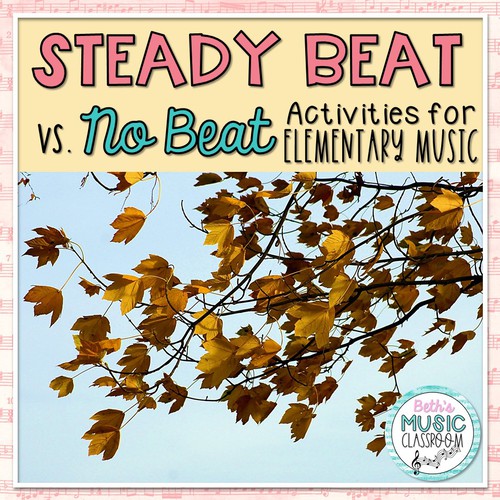
Music lesson to help students understand music that has a steady beat and that has no beat.
A few years ago, I found my steady beat lesson and activities in desperate need of a makeover. As music teachers, we basically teach the same thing every year, just to new students. However, I was getting a little tired of the same PowerPoint for teaching steady beat – no beat to my 1st graders. So I got to work, finding creative ways to help my young students understand this concept of steady beat and no beat.
I knew that students of all ages would understand and grasp difficult musical concepts much better when they are related to everyday life. I began planning for a unit on steady beat vs. no beat, and found myself needing some concrete real-life examples of things that had a beat and those without a beat.
Help Young Students with Real-Life Examples of Steady Beat
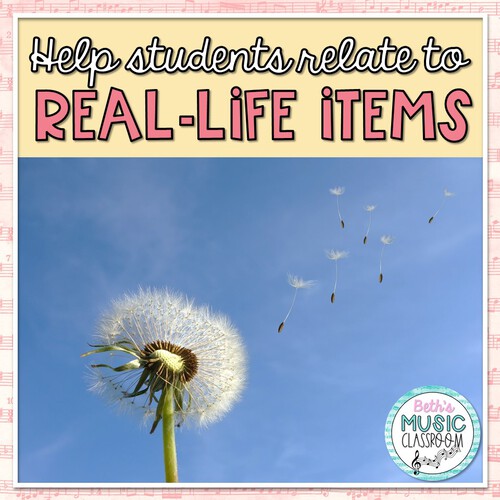
Help students relate and understand steady beat and no beat by relating them to real-life items.
Through discussion and listening examples of these items, such as ticking of a clock, jumping rope, brushing your teeth, blowing of the wind, etc., I felt that my students grasped the concepts a little bit better. They were understanding the difference between steady beat and no beat by examining sounds that they experience and hear in real life.
I created a lesson and presentation for students to see and hear a bunch of different examples and then decide if that sound had a steady and even beat or no beat at all. They really enjoyed hearing such a diverse group of sounds.
Use Children’s Literature and Songs to Reinforce Steady Beat & No Beat
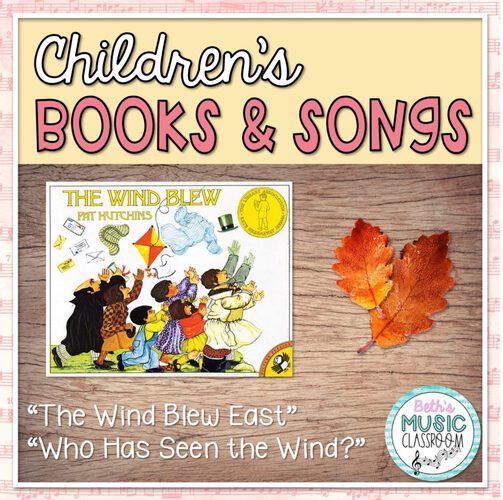
Use children’s books and songs in a steady beat music lesson.
The Wind Blew – Book by Pat Hutchins
From my large collection of children’s books that I have found throughout the year on my journeys, I discovered the perfect book to pair with this lesson. I used this short children’s book/poem called “The Wind Blew” by Pat Hutchins. In this adorable book, items, like scarves, hats, envelopes, and more, keep blowing away in the song, until at the end, when the wind mixes them all up, throws them down, and then blows out to sea.
“The Wind Blew East” – Folk Song
The book worked so well with “The Wind Blew East,” a folk song from Bahamas. You can find a lot of different versions of this folk song from the Bahamas, from a lot of different resources. You can find the sheet music and recording of this song in the 1st grade music curriculum by Spotlight on Music. Another version, by Lynn Kleiner, can be found here on Amazon Music.
Add Instruments
To practice steady beat and no beat, I added 2 groups of students and instruments to this song. First, there was a no beat section, which included maracas, tambourines, jingle bells, and others. Secondly, there was the steady, even beat section, which included hand drums, claves, and wood blocks. Also, I gave students a choice if they would like to use a scarf to show the beat, rather than an instrument, which about 5 in my class chose this option.
Using the PowerPoint visuals to help students remember when and how they should play, we started practicing. The first group of shaker instruments played not during, but right after they sang the first two lines. They played their instrument without a steady beat while there was no singing. The scarves danced around however they felt the wind was taking them. For the second section of the song, where there is a steady beat, students played the steady beat during the singing and throughout the whole section. Students with scarves marched around while moving their scarf to the beat.
After we practiced it, my first graders performed it with the recording, putting it all together. They had a blast. When we finished it, a student called out, “That was satisfying!” to which the rest of the class wholeheartedly agreed!
“Who Has Seen the Wind?” Song
On the second day of studying beat – no beat, we played a review game, listening to some sounds to determine if they had a steady beat or no beat at all. We also learned “Who Has Seen the Wind?” which is an old folk song with lyrics/poem by Christina Rosetti. I like to sing it very freely for them to listen to and make observations about subject, beat, etc. Then after teaching my students to sing this beautiful, almost haunting, minor song, we add instrumental ostinatos. I have used them to accompany the song, but I have also used them as a steady B section, with the song being the freestyle A section. Either way be sure to stress the difference between the steady beat sections and the no beat sections.
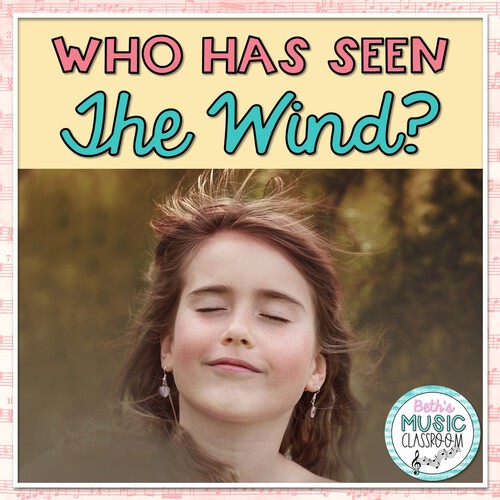
The song “Who Has Seen the Wind?” is a great addition to a lesson on steady beat and no beat.
More Activities for Steady Beat & No Beat
Another activity I used for more beat – no beat practice was having students play egg shakers or maracas to the sound of a bouncing/rolling ball. I tossed a ball in an open space in my classroom, and the students had to shake their instrument in the style and speed that the ball was moving. Sometimes the ball would bounce off items or it would bounce high up into the air. Each movement the ball made had to dictate how the students played their instrument – with a constant beat, bouncy, free, with no beat at all, etc. They really seemed to enjoy it!
If you’re interested in finding out more about my Steady Beat – No Beat Presentation with book visuals, songs, sound clips, game, and instrumental arrangements, click here.
Along with a few other supplemental songs and games, I use this presentation with my first graders for a discussion of beat – no beat in music. If you have any questions about how I teach this lesson or anything else, as always, feel free to e-mail me at bethsmusicclassroom@gmail.com.
I hope this gave you a lot of ideas for a Kindergarten and 1st grade lesson. If you’re looking for tips for using parachutes in the music room, check out this post: Parachute Music Activities.

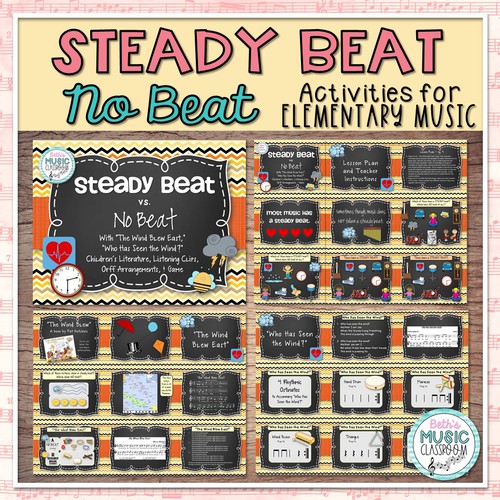
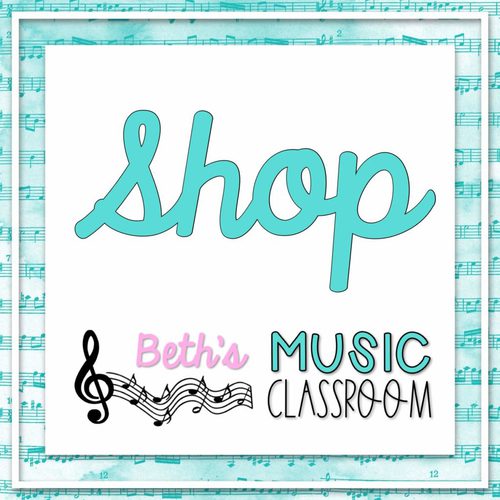
I am an elementary school teacher. This is a particularily rough year, lots of busy busy kids. I want to thank you for the “Wind blows EAst” song. We ated it out and it was marvellous! They all want to do it again, and the beat goes on!
Oh, that’s great, Wendy! I love that your students enjoy it and ask for it over again! Thanks for sharing!